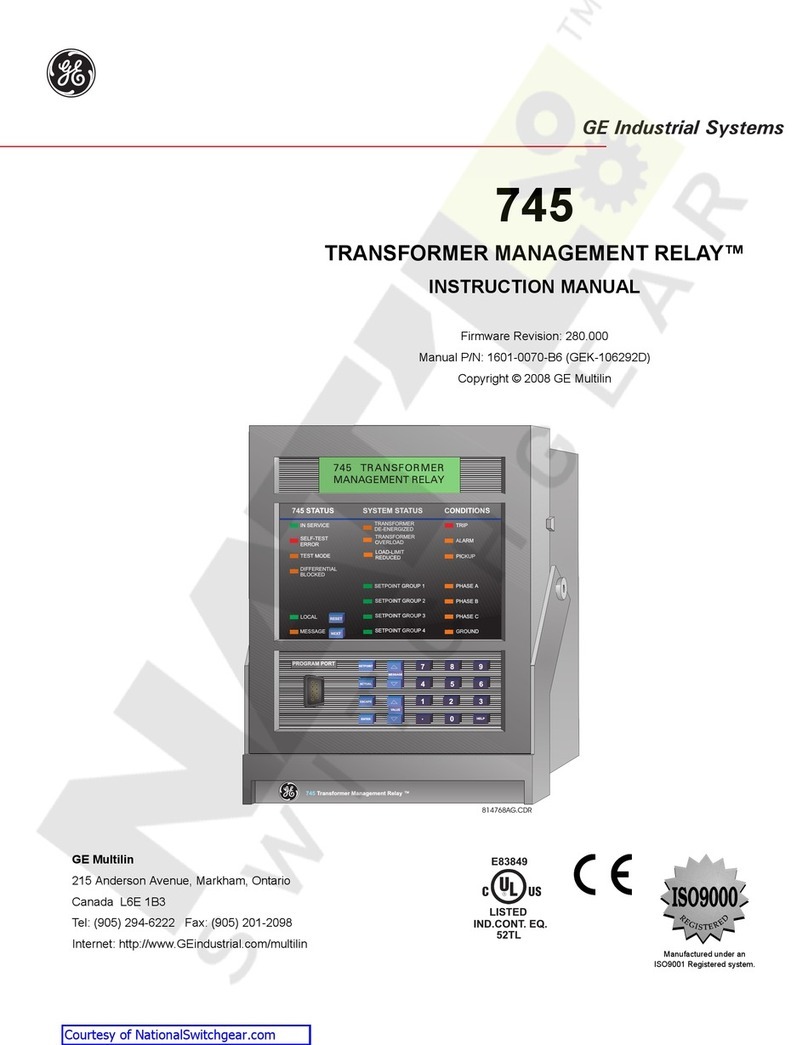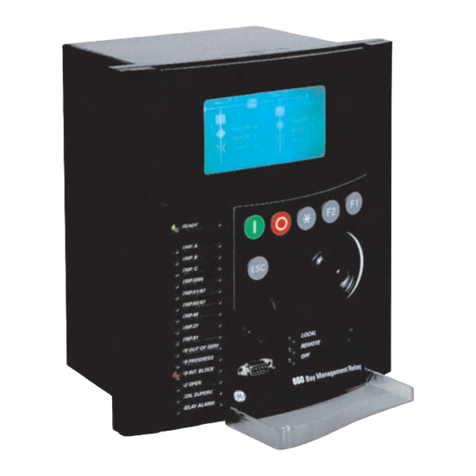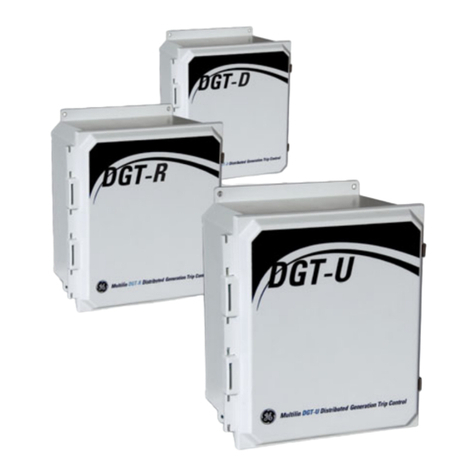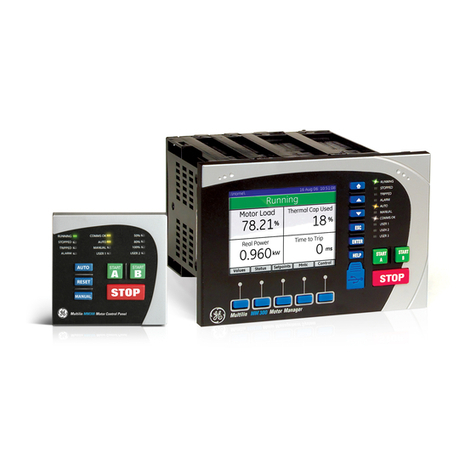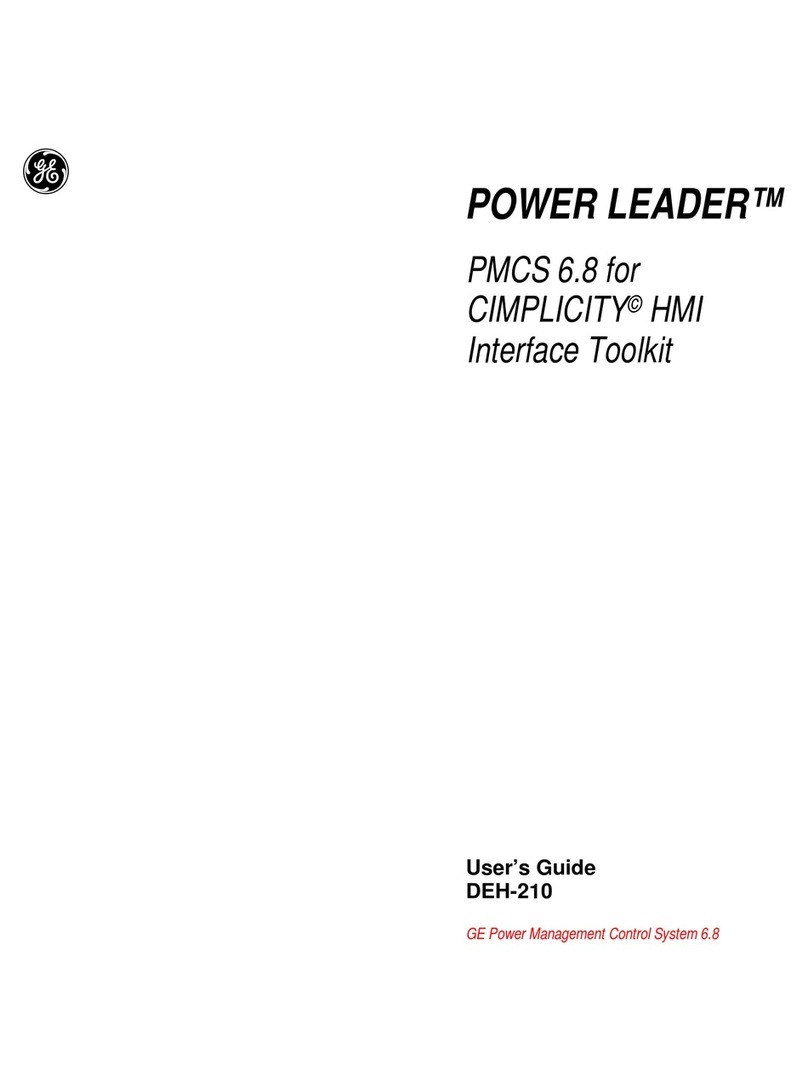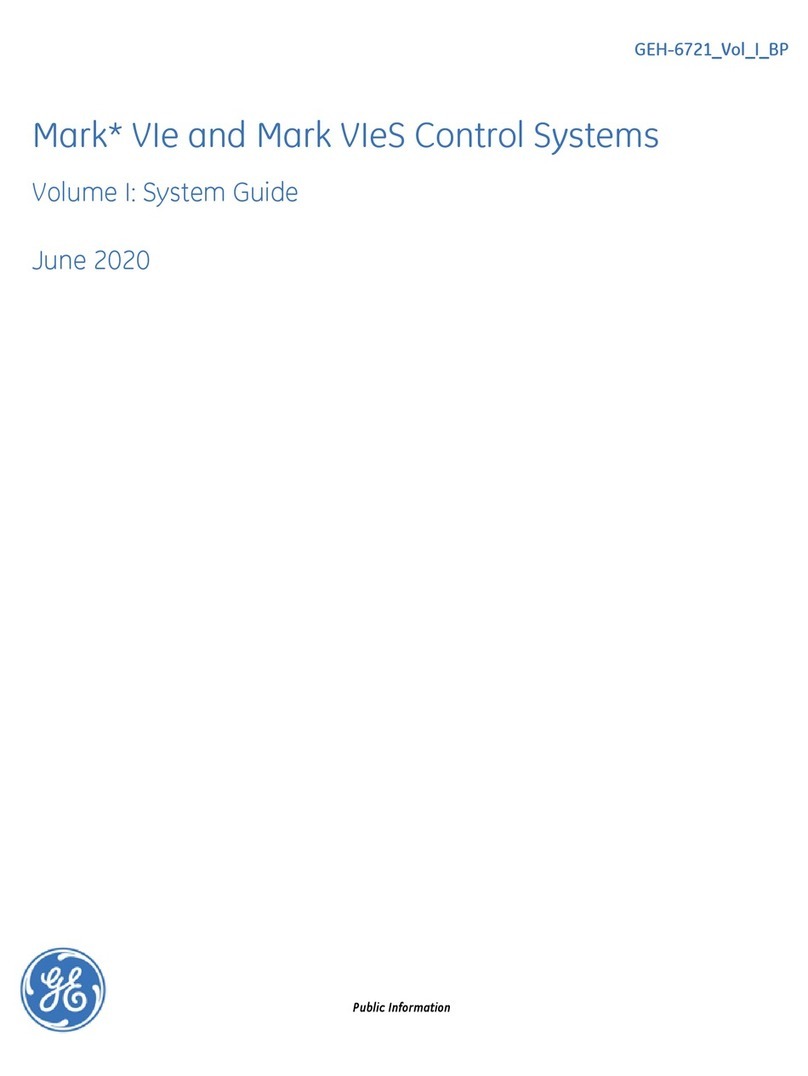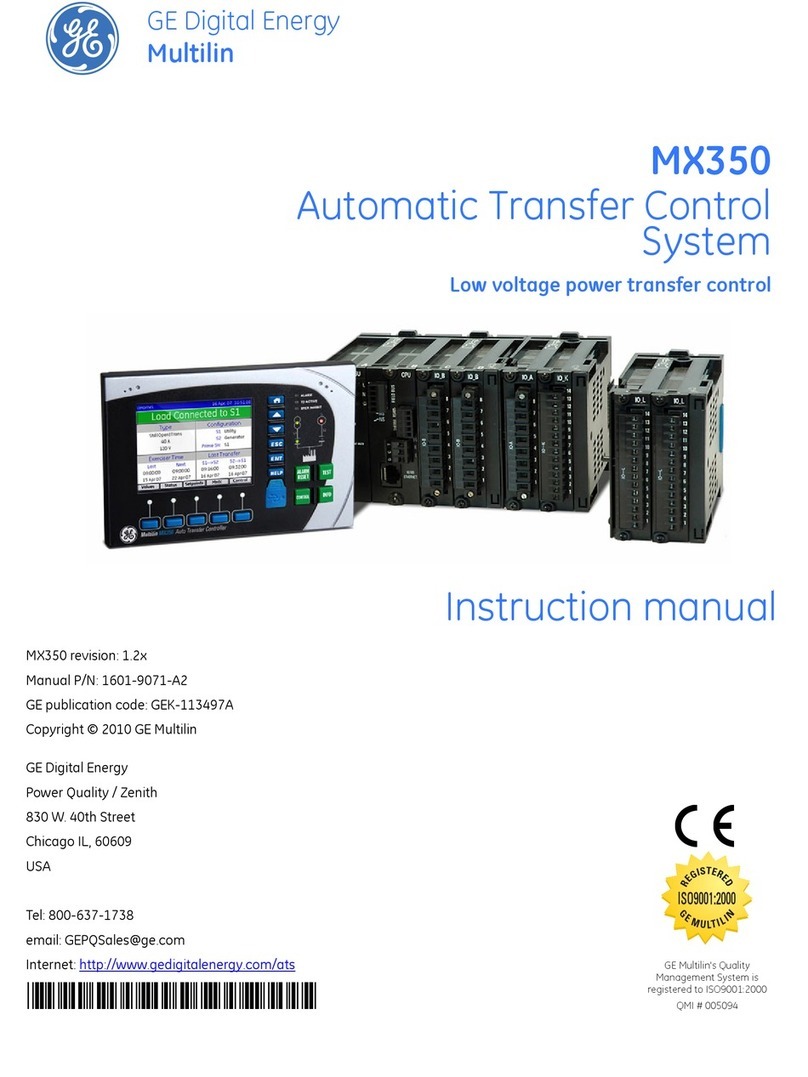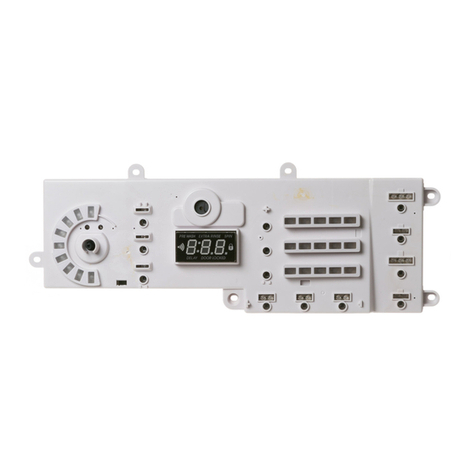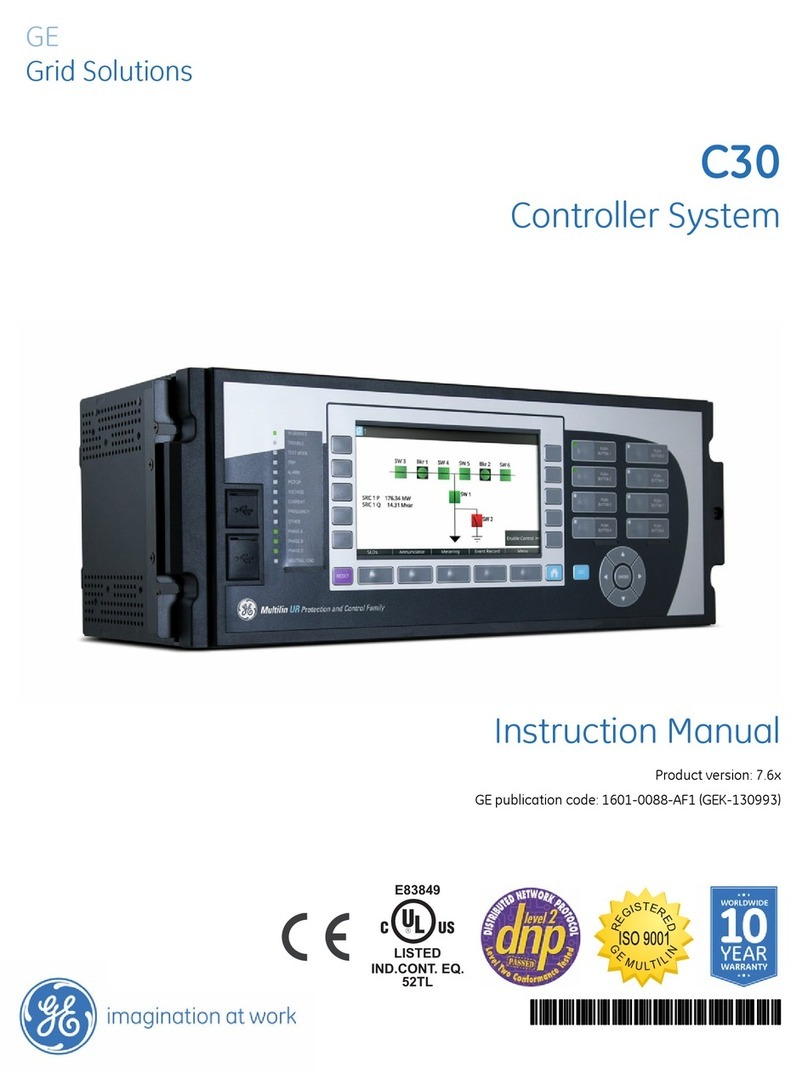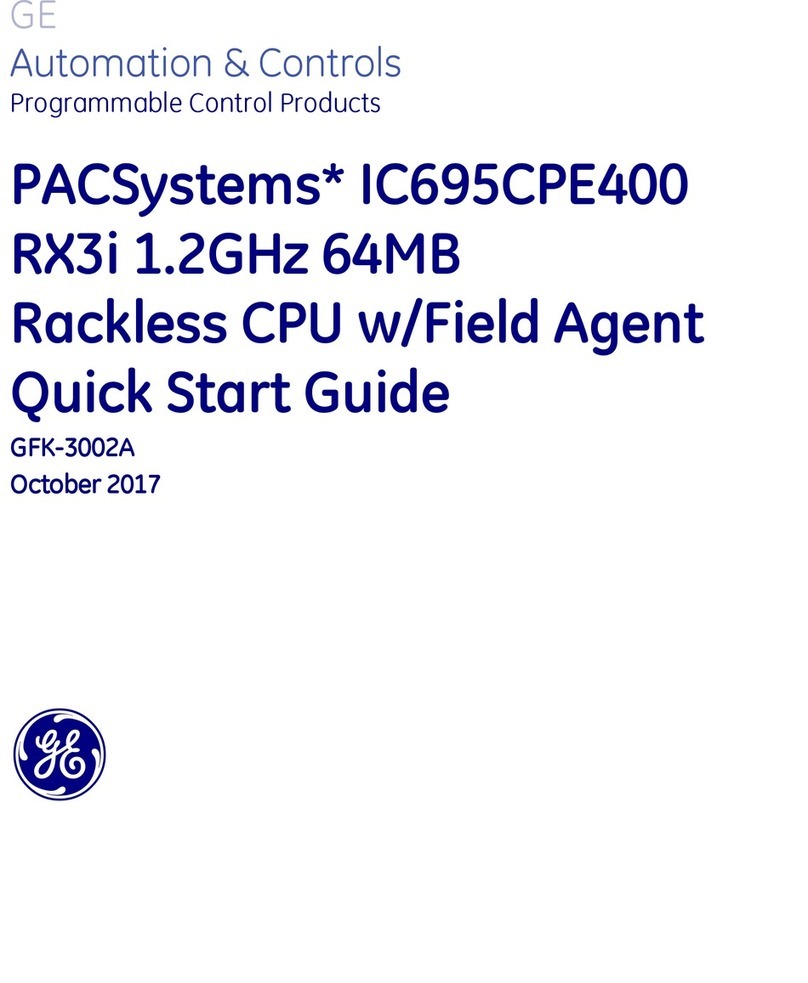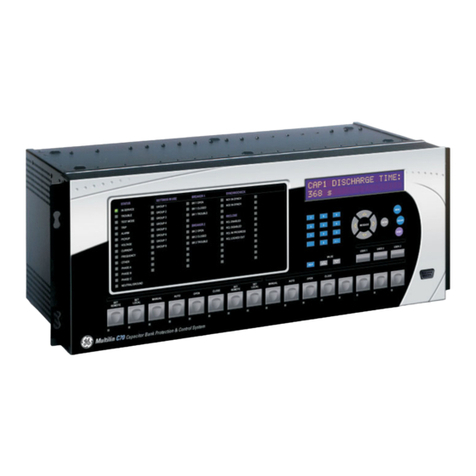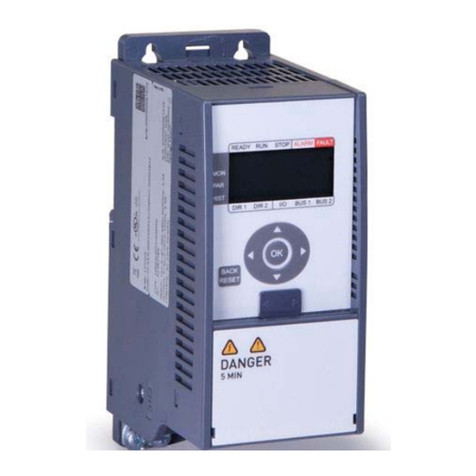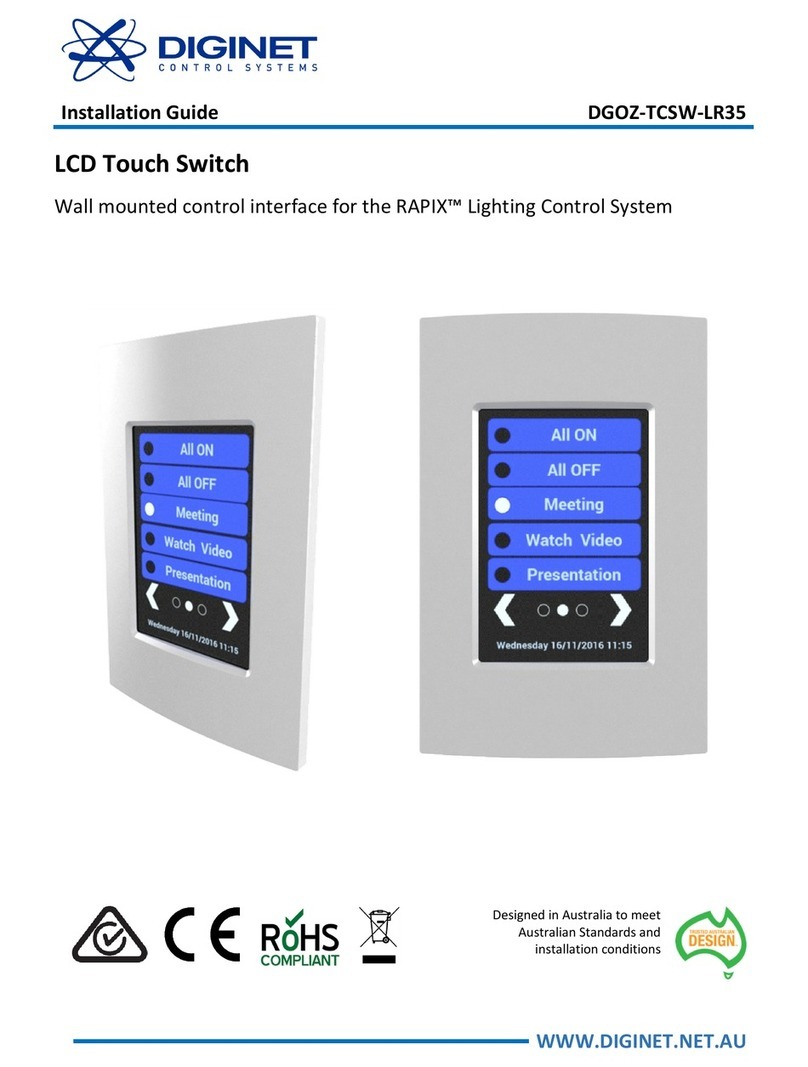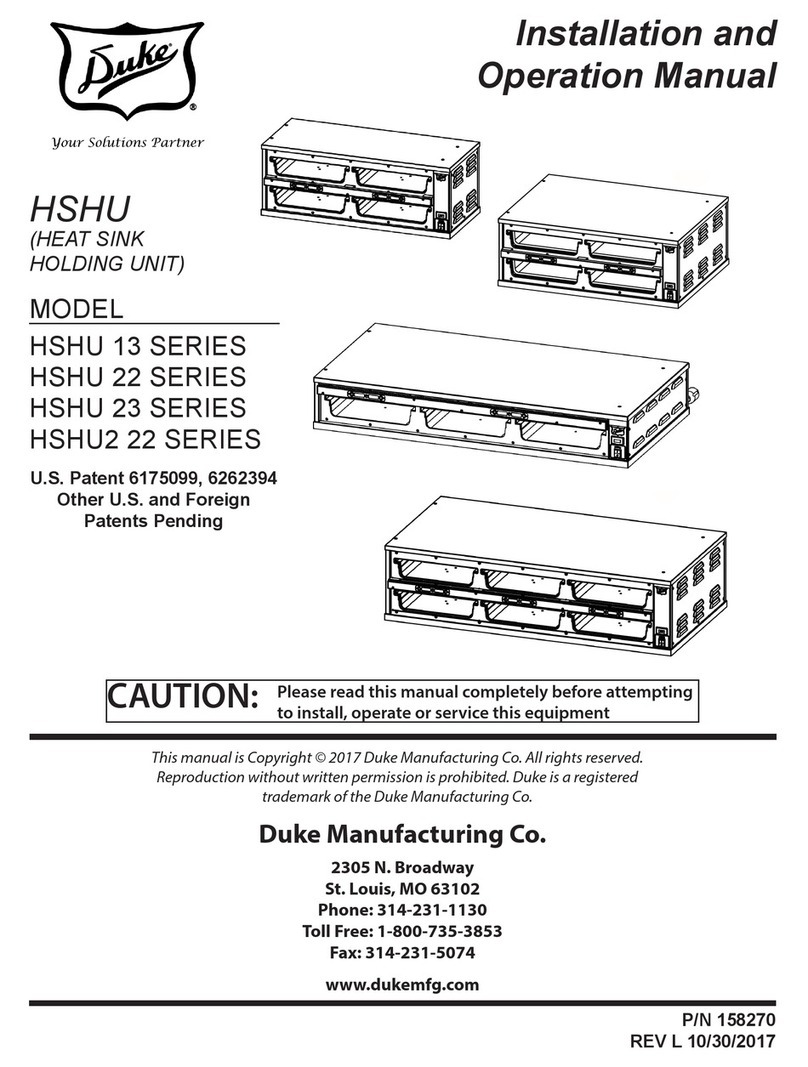Contents
vi PACSystems* RX7i, RX3i and RSTi-EP CPU Reference Manual GFK-2222AD
Table of Figures
Figure 1: Configuring an Embedded PROFINET Controller_____________________________________________ 21
Figure 2: CPE400 Front View and Features ________________________________________________________ 35
Figure 3: CPE400 Underside Ports & Connectors ____________________________________________________ 39
Figure 4: CPE400 Micro-SD & USB Pinouts _________________________________________________________ 41
Figure 5: Typical Field Agent Application __________________________________________________________ 45
Figure 6: Login to Predix _______________________________________________________________________ 46
Figure 7: Predix Change Password _______________________________________________________________ 47
Figure 8: Log Service Page _____________________________________________________________________ 47
Figure 9: Technician Console, Network Configuration page ___________________________________________ 48
Figure 10: Enter Proxy Server Address ____________________________________________________________ 49
Figure 11: Test Connection _____________________________________________________________________ 49
Figure 12: Technician Console, Time Sync Configuration______________________________________________ 50
Figure 13: LAN3 Interconnects for Hot Standby Redundancy __________________________________________ 53
Figure 14: Display Port Connector _______________________________________________________________ 55
Figure 15: Location of RTC battery on CPE400 ______________________________________________________ 57
Figure 16: DIN-Rail Mount Bracket Assembly CPE400 _______________________________________________ 60
Figure 17: Panel-Mount Bracket Assembly CPE400 _________________________________________________ 60
Figure 18: CPE330 Front View & Features _________________________________________________________ 61
Figure 19: CPE330 RUN/STOP Switch and RDSD Switches_____________________________________________ 63
Figure 20: Location and Orientation of Real-Time Clock Battery in CPE330 _______________________________ 66
Figure 21: IC695CPE302/CPE305 Front View _______________________________________________________ 70
Figure 22: IC695CPE310 Front View ______________________________________________________________ 70
Figure 23: External Features of CPE302/CPE305 ____________________________________________________ 72
Figure 24: External Features of CPE310 ___________________________________________________________ 72
Figure 25: Accessing Real-Time Clock Battery (CPE302, CPE305 and CPE310) _____________________________ 75
Figure 26: Sample Tool for Coin Battery Extraction __________________________________________________ 76
Figure 27: IC695CPU320 Front View______________________________________________________________ 79
Figure 28: IC695CPU310 Front View______________________________________________________________ 82
Figure 29: CPE040 Front View___________________________________________________________________ 89
Figure 30: CPE010 Front View___________________________________________________________________ 91
Figure 31: CPE100/CPE115 Front, Top and Bottom Views and Features ________________________________ 101
Figure 32: CPE100/CPE115 Membrane Pushbutton and Module Status LEDs ____________________________ 103
Figure 33: State Diagram for CPE100/CPE115 Run/Stop Operation ____________________________________ 103
Figure 34: Typical Multi-Tier LAN Application (Star/Bus Topology) ____________________________________ 106
Figure 35: Typical Multi-Tier LAN Application (Ring Topology) ________________________________________ 106
Figure 36: PME Expansion of PACSystems Target __________________________________________________ 110
Figure 37: Downloading Hardware Config to CPU __________________________________________________ 133
Figure 38: Selecting Embedded Ethernet for Configuration __________________________________________ 134
Figure 39: Set Temporary IP Address ____________________________________________________________ 137
Figure 40: Major Phases of a Typical CPU Sweep __________________________________________________ 141
Figure 41: Typical Sweeps in Normal Sweep Mode _________________________________________________ 144
Figure 42: Typical Sweeps in Constant Sweep Mode ________________________________________________ 145
Figure 43: Typical Sweeps in Constant Window Mode ______________________________________________ 146
Figure 44: CPU Sweep in Stop-I/O Disabled and Stop-I/O Enabled Modes _______________________________ 150
Figure 45: CPE330 Overlapping Local IP Subnet Example ____________________________________________ 183
Figure 46: Expected Response Path _____________________________________________________________ 184
Figure 47: Actual Response Path _______________________________________________________________ 184
Figure 48: COM1 Port CPE400 _________________________________________________________________ 192
Figure 49: RTU Message Transactions ___________________________________________________________ 227
